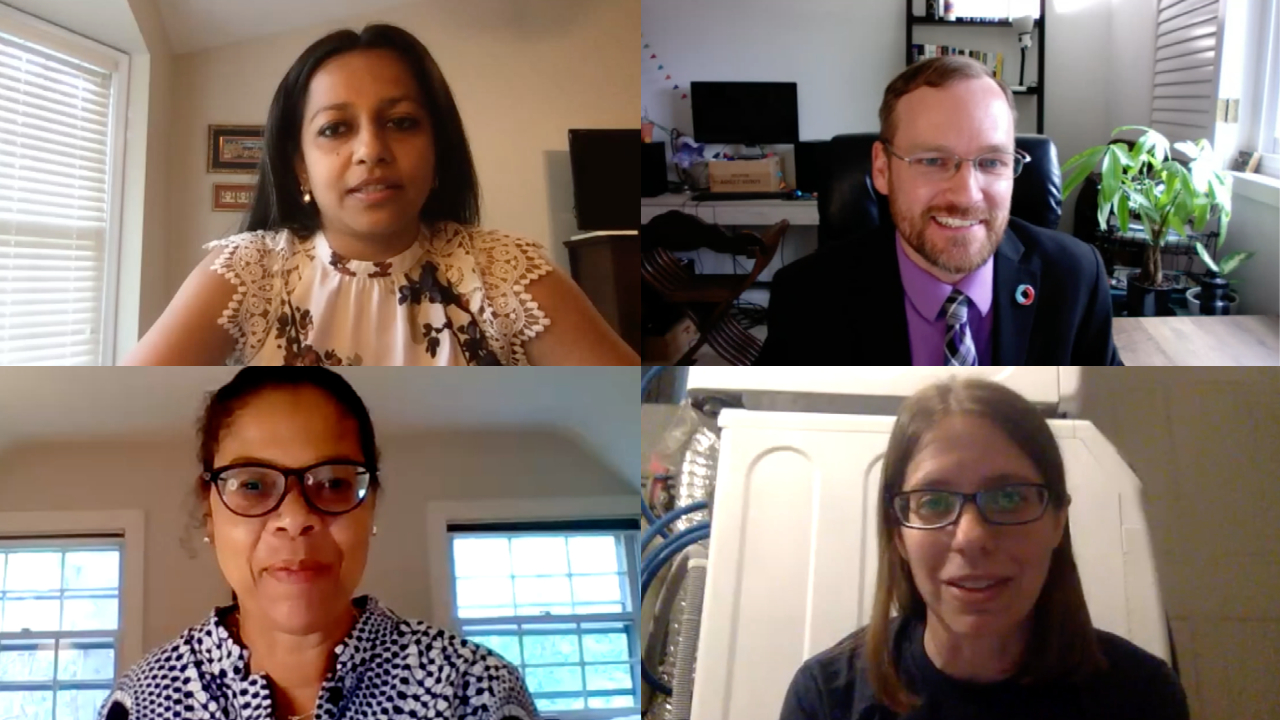5 takeaways:
➀ Read. The. Bill. Whenever legislation designates how taxpayer money will be spent, lawmakers put out press releases about who will be helped or what will be saved. “Budgets aren’t about numbers. They’re about priorities,” said Steve Ellis, president of Taxpayers for Common Sense. But the only way to get at those true priorities is to read the bill, not the talking points. “What are some of the things that are in there that either got heavily funded or didn’t get funded that they’re not talking about?” Ellis asks. How to tackle bills that may be hundreds of pages long?
1) Read the summary tables in the back of the budget. Cross reference the tables from year to year. “Look at what was there before, what are some of the deltas or the changes?” Ellis asked.
2) Review conference reports, which tend to be written more in layman’s language than the full legislation.
3) Look at budget justification sheets (presidential or agency-specific). To track infrastructure spending, for instance, you might look to the Department of Transportation and the Army Corps of Engineers spreadsheets.
4) Reach out to inspectors general and non-partisan groups (see Resources list at right).
➁ Pull the thread, interrogate the source. It’s not uncommon for a piece of legislation to refer to another piece of legislation rather than spelling out facts and figures. “You have to pull the thread … to understand better where the money is and why they’re trying to obfuscate where the investments are,” Ellis said. The same is true for data. “We don’t just take data at their face value,” said Taka Ariga, the Government Accountability Office’s first chief data scientist, who said he collects metadata whenever possible for additional context. “Treat data as informants. We wouldn’t necessarily just rely on one informant…, Go to the original source, not some spreadsheet that somebody along the way filtered,” Ariga said. Data can be used to prosecute people, but you need multiple witnesses, said J. Howard Arp, GAO forensic audits director with decades of law enforcement experience. “You’re never going to rely on one source to prove, or to make your point. You’re going to need multiple sources, multiple points of data and information.”
➂ Why disaster spending deserves another look. Ellis suggests scrutinizing emergency spending, which can evade restrictions or caps imposed on regular budgets and preparedness programs. For the executive branch, preparedness spending competes with other budget priorities, but emergency spending is less examined. “On top of that, there’s often this fog of disaster where we don’t really know exactly what needs to be spent. We hemorrhage a huge amount of cash,” Ellis said. “Inevitably you’re going to have waste, and that’s not even a criticism. It’s just a fact.” He notes USASpending.gov, which allows journalists to drill down on spending for a particular natural disaster.
➃ Calls for fiscal responsibility are political. Politicians’ reactions to spending vary, but watchdogs’ and journalists’ should not. “When you have a Democrat in the White House, Republicans become much more fiscally conservative than when you have a Republican in the White House,” Ellis said. “Except for a couple of years in 1999 and 2000, we’ve been running deficits for more than a century.” That’s one way of making analyses of macroeconomic data fair. When it comes to looking at individuals? “Lawmakers can be quite a cheap date as far as what it takes to elicit some favors and funding,” from lobbyists and PACs, Ellis said. He suggests journalists look not only at PACs and companies contributing to campaigns but also the individual campaign contributions of board members on those companies. No matter what, watchdogs and journalists want to be fair and impartial. As public trust deteriorates, it’s important to think about transparency for any investigation or political story. “Is the data augmentable? It’s one thing to analyze one source of information, but can that data be augmented with publicly available information? Might that data be augmented with something else to help corroborate certain parts of that information? How do you combine them together so that you have a larger corpus of information to base your analysis on?” Ariga said. “We want to make sure that the approach that we take is defensible, is traceable, it can be replicated and verifiably evaluated.”
➄ How to convey trillions? The public has difficulty grasping the size of billions or trillions, Ellis said, but in a few years, the U.S. will spend a trillion dollars just on interest on the national debt. “Most of us are not going to see a trillion anything in our lifetimes,” Ellis said. “If the government gave you a dollar every second, after a year you would have about 31 and a half million dollars. At that pace, still a dollar a second, it would take you more than 31,000 years to get to a trillion dollars … you have to get creative and use imagery.” Budget deficit figures are similarly hard to grasp. It’s best to report deficits as a percentage of GDP and note how it varies over time, Ellis said.
Speakers:
Taka Ariga, Chief Data Scientist, Government Accountability Office
James Howard Arp, Forensic Audits Director, Government Accountability Office
Steve Ellis, President, Taxpayers for Common Sense
This program was funded by the Evelyn Y. Davis Foundation. NPF is solely responsible for the content.







